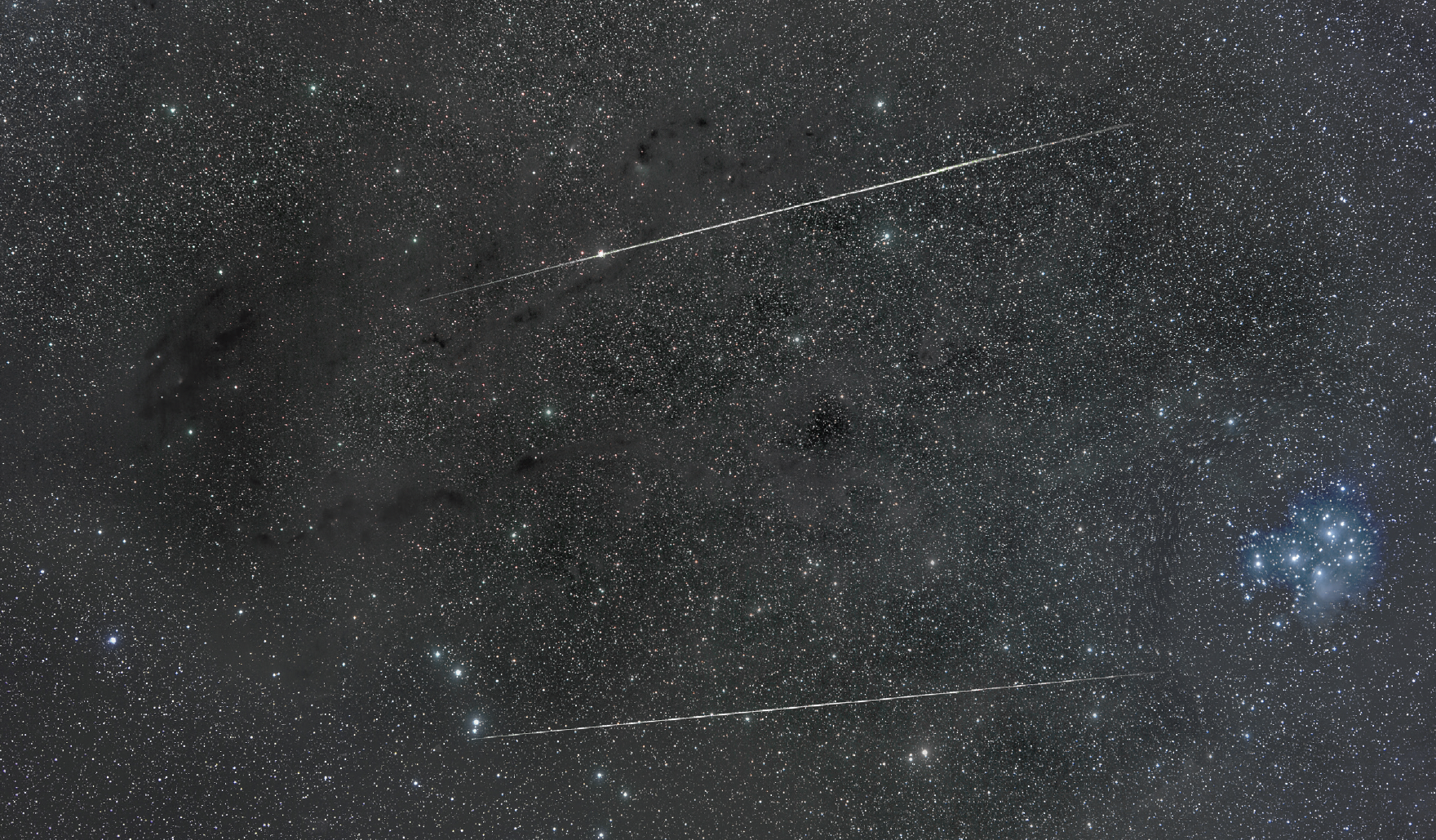Comets on Display
By Alan Hale
The only planet easily visible in our evening sky this month is Saturn, known as the ringed planet. Saturn was at opposition—directly opposite the sun in the sky—late last month.
During October, it is visible high in the sky throughout most of the night before setting in the west near the beginning of dawn. The rings were edge-on to Earth earlier this year and are now only a few degrees away from that configuration, although they will gradually open up over the coming months and years.
Our solar system’s largest planet, Jupiter, rises in the east around midnight and is visible high in our sky throughout the morning hours. Venus, meanwhile, shone brilliantly in our morning sky for the past few months but is now gradually sinking lower to the eastern horizon. During October, it rises around the beginning of dawn.
Although it is not one of the strongest meteor showers, the Orionid shower, which comes from the northeastern region of its namesake constellation, can put on displays of up to 30 meteors per hour. This year’s peak display the night of Oct. 20 into Oct. 21 coincides with new moon and attendant dark nighttime skies. The Orionids are debris from Halley’s comet, which last returned in 1986 and is now inbound toward its next return in 2061.
Last month, I mentioned the recently discovered interstellar Comet 3I/ATLAS. This comet is closest to the sun—126 million miles—on Oct. 29, although it will be on the far side of the sun from Earth at the time and will not be visible to us.
It does, however, pass fairly close to Mars earlier in the month. It is possible some of the spacecraft in orbit around Mars may be able to study it.
Comet ATLAS reappears in our morning sky next month and may be bright enough to detect with larger backyard telescopes.
Another comet, discovered early this year by the Mount Lemmon survey in Arizona, travels through the constellations of Bootes and Serpens low in our western evening sky late this month. It passes 55 million miles from Earth on Oct. 21. It should be bright enough to detect with binoculars and possibly bright enough to see with the unaided eye from dark rural sites.
Photo caption: “Comets on Display.” Shown are two Orionid meteors and the Pleiades star cluster in Taurus. On the evening of Oct. 9, the bright moon—three days past full—will cross in front of the Pleiades. Photo courtesy of David Cortner.

